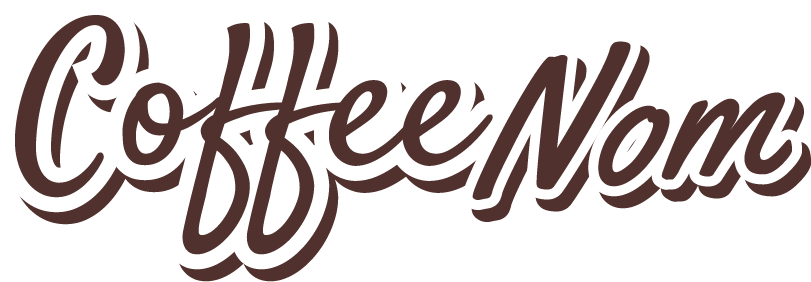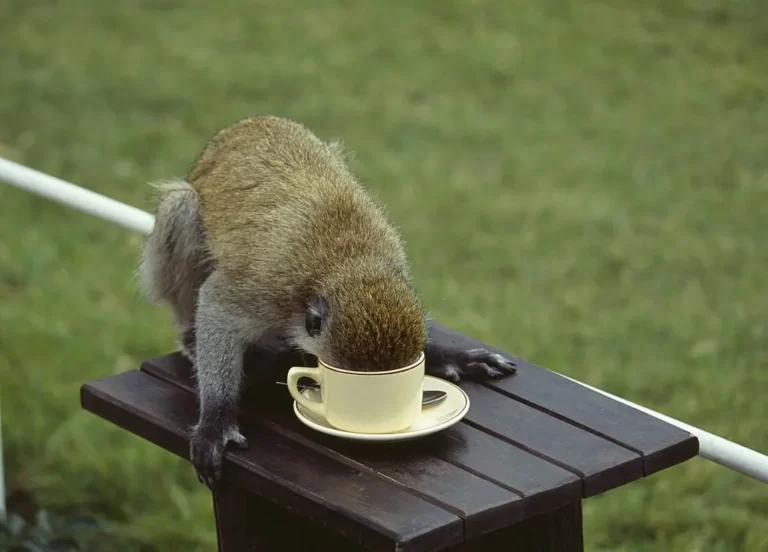Just when you think the saga of animal poop coffees is over, you search on the internet out of curiosity, only to find out there’s a thing called monkey poop coffee beans.

Though there’s a technicality because it’s not exactly “monkey poop coffee,” instead it’s “monkey spit coffee” or “monkey parchment coffee.”
Today, let’s detail how this weird yet exquisite coffee is produced and how good it really is.
Origin Of Monkey Coffee
Monkey coffee comes in from Taiwan and Chikmagalur, India. In both these countries, the coffee farms are situated alongside forest areas. The coffee plants in these forests are grown in shades.
The prominent residents of the Taiwanese forest are the Formosan Rock Macaques, and for Chikmagalur forest, it’s the Rhesus Monkeys.
The monkeys frequently visit the coffee crops and are the primary force behind the entire production process. The tradition of this coffee started back in the early 2000s.
Production Process Of The Monkey Coffee
Both these monkeys are always attracted to the ripest coffee cherries. So whenever they find ripe coffee cherries they like, they pick them off of the tree and start chewing through them all.
But the monkeys don’t exactly eat the coffee beans and pass them through their digestive tract. Instead, it’s like bubblegum to them: they chew the coffee beans for a while, spit them out, and the fruit remains.
The coffee farmers have to pick through all the chewed-up coffee beans. After picking the beans, the farmers rinse, wash, process and dry the beans. The beans have a gray color instead of regular coffee beans that have a green color.
The coffee beans even sometimes have tooth marks from the monkeys to add to the detail. So if you’re really trying to buy authentic beans, it’s good to look out for those marks.
Once the beans are dried up, the beans are sold as specialty coffee beans, similar to Kopi Luwak. The production is very limited to 100 pounds a year only.
Can Monkey Spit Coffee Be A Regular Drink?
Though monkey coffee is a specialty coffee, this isn’t the type of coffee you can use as an everyday drink.
The best use for this coffee is to save it for a special occasion. You can either brew this coffee for a casual party or keep it for bragging in front of your coffee enthusiast friends.
How to Drink Monkey Coffee
If you’re planning to savor every last bit of this amazing coffee, it’s best to drink it without any additives. But what’s the best brew method for bringing out all the flavors of monkey spit coffee?
Anything other than a drip coffee machine is the right answer. If we were to pick the top 3 choices, it would be:
- AeroPress
- French Press
- Moka Pot
Light to medium roasts are the best to offer you a fine taste of this coffee in terms of coffee roasts.
Having fun Nomies? Check out our piece on what is kopi luwak.
Flavor Profile Of Monkey Coffee
The flavor profile of rhesus monkey coffee comes mainly from the monkey spit and all the chewing processes.
The saliva from the monkey’s mouth breaks the enzymes in the beans, which modifies the flavor profile and the bean’s color.
The coffee has a sweeter profile and citrus, chocolate, and nuts. However, if you take your time and savor the flavor, you can also taste a subtle note of vanilla.
The coffee is low on bitterness but has decent acidity and a heavy body.
Pricing
Though the production is minimal since there aren’t many farmers in the monkey coffee business. It also depends on the environmental condition and the mindset of the monkeys. Sometimes the monkeys don’t even go out to chew on the beans, which can drive the production below 100 pounds a year.
But even with the low production rate, the coffee is still affordable. Each pound of this coffee sells for $320. Each cup of rhesus monkey coffee can cost you $10.
Caffeine Content in Monkey Coffee
The caffeine content in the coffee depends on the type of roast you’re using and your brewing method. It’s easier to count the caffeine since the default option for this coffee is to drink it like a regular black coffee.
| Brewing Method | Caffeine Per 8 Oz. |
| Drip Brew | 70-140 mg |
| French Press | 80-135 mg |
| Turkish Boil | 160-240 mg |
Is Monkey Poop Coffee Safe?
You might be thinking, “that bean’s been chewed by a monkey. Is it really safe to brew coffee with these beans?”

The beans go through the process and get rid of all sorts of bacteria and leftover saliva on the beans. So it’s completely safe.
Had fun reading? You’ll love to read our piece on everything about black ivory coffee.
Bottom Line
Though you might feel uncomfortable making coffee with something chewed up by a feral monkey and thrown away, the flavor and aroma of this coffee make up for it.
If you’re planning to get some of the monkey poop coffee beans or monkey “spit” coffee beans, enjoy your cup of coffee without worries.
Cheers!
FAQs
The monkeys always don’t feel like chewing on coffee beans, and the coffee plantation owners rely on the free will of the monkeys. As the monkeys chew up a very small amount of beans, the lower production rate makes this coffee even rarer.
It’s “monkey spit coffee” since the monkeys don’t pass the coffee through their digestive enzymes. They chew the coffee, take the flavor and spit the coffee bean and the fruit out.
You can brew monkey coffee beans with any brewing method, but certain brewing methods help you bring the best flavors out of the beans. Such as AeroPress.
Monkey poop coffee has a highly unique flavor profile since the enzymes coming from a monkey’s saliva change the chemical compound of the coffee itself. The rare availability and the production method make this one a specialty coffee.
Usually unroasted, raw coffee beans look gray. But in the case of monkey coffee beans, they look gray, and some of the beans in a bunch even have bite marks from the monkeys.

